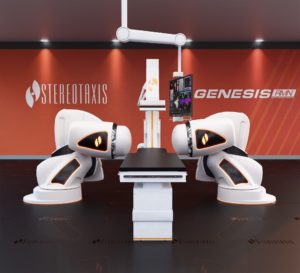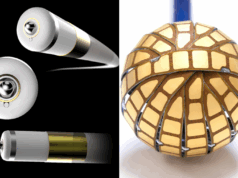
Stereotaxis has announced the publication of the results of a prospective, multicentre study comparing the incidence of silent cerebral embolism (SCE) in atrial fibrillation (AF) patients undergoing robotic cardiac ablation or manual in Frontiers in Cardiovascular Medicine.
The study evaluated 166 patients with paroxysmal or persistent AF who underwent pulmonary vein isolation using either Stereotaxis’ Robotic Magnetic Navigation (RMN) technology or manual contact force ablation catheters. All patients received cerebral magnetic resonance imaging within 48 hours before and after the ablation procedure to assess cerebral embolism.
The study reports that patients treated using RMN had greater than 82% reduced incidence of SCE at 5.77% compared to 32.26% in patients treated with manual catheter ablation (p<0.001). The study concluded, “ablation technology is the only independent risk factor of SCEs, and RMN can significantly reduce the incidence of SCEs resulting from AF ablation.”
This is the first study comparing incidence of SCEs following cardiac ablation with RMN compared to manual catheters and was performed in China by Wuxi People’s Hospital, Fuwai Hospital, Xuzhou Central Hospital, and the First Hospital Affiliated to Soochow University.
“The results of this study further strengthen the significant safety and efficacy benefits we have experienced using robotic technology to treat over 600 arrhythmia patients,” said Ru-Xing Wang, Director of Cardiology at Wuxi People’s Hospital. “We are grateful to offer our patients the best possible care and look forward to advance clinical research and robotic technology development.”
“This pioneering research on an often overlooked aspect of cardiac ablation demonstrates that technology innovation can meaningfully improve patient safety,” said Yan Yao, director of the Arrhythmia Center at Fuwai Hospital. “This strong data supports our decision to build a world-class robotic cardiac center of excellence in Beijing.”









